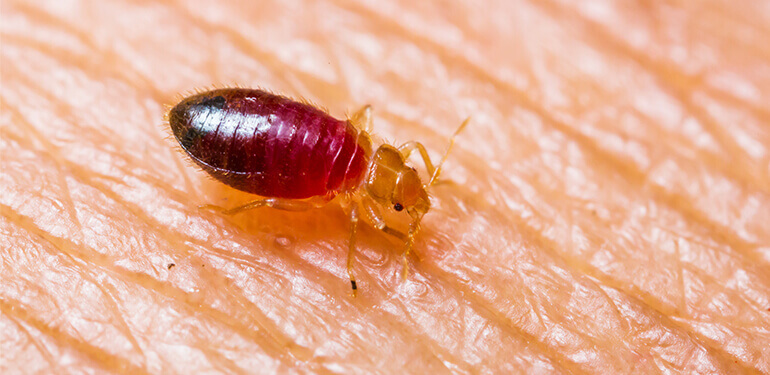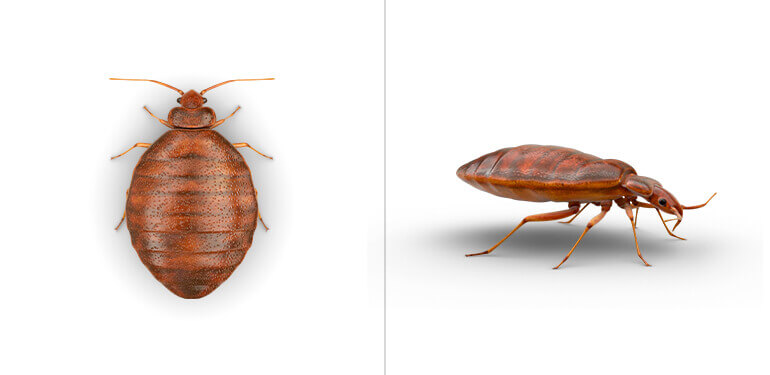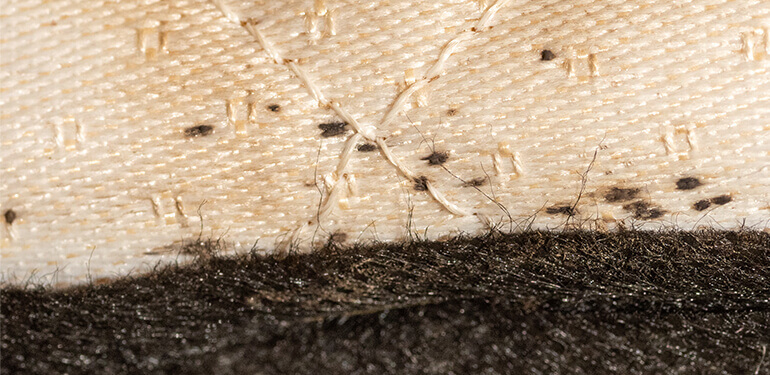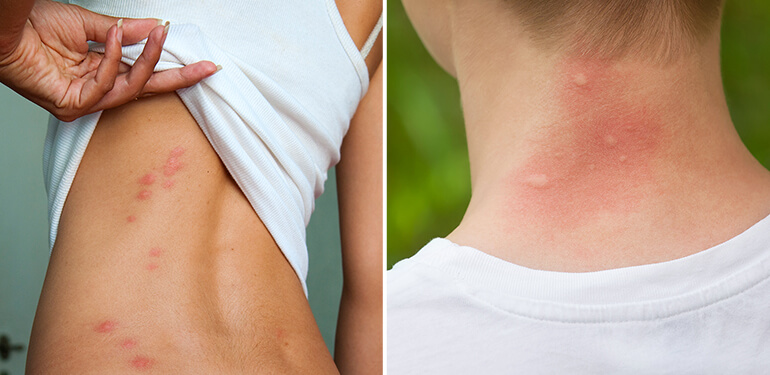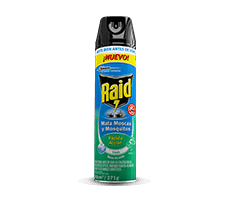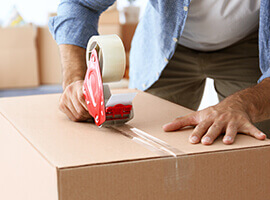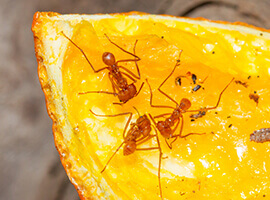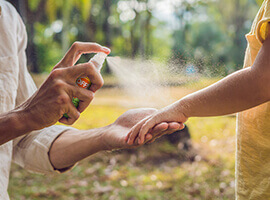
How to Identify and Help Get Rid of Bed Bugs
Bed bugs are sneaky, hard to spot, breed quickly, and can be stressful for you and your family. Here’s what you need to know about identifying and eliminating bed bugs.
Bed bugscan be extremely difficult to spot with the naked eye. They usually feed at night and hide in cracks and crevices during the day. Adult and large nymphs are small, flat, oval-shaped, medium brown, and can grow up to 7 mm in length, while immature bed bugs can be as small as 1.5 mm.
Spot them early
Bed bug infestations are best caught early before it has a chance to spread. A minor infestation, while inconvenient, is far less burdensome than one that has taken hold in your home. However, small infestations are much harder to correctly identify and are easily mistaken for other insects such as carpet beetles.
Recognize the signs of bed bugs
Bed bugs mostly feed on humans, but in extreme infestations, they have also been known to go after pet dogs, cats, and birds. A bed bug infestation leaves some tell-tale signs that you can spot when cleaning or changing bedding. Look for:
Rusty or reddish stains on bed sheets or mattresses caused by bed bugs being crushed.
Small dark spots, which are bed bug excrement and may bleed on the fabric like a marker would.
Bed bug eggs and eggshells, which are tiny (about 1mm) and pale-yellow skins that nymphs shed as they grow larger.
Live bed bugs that can make their way to mattresses by crawling up the legs of bed frames and nearby items that touch the bed.
Shine a light
As you look for bed bugs or signs of them, your most important tool is a very bright flashlight. These bugs are tiny, so check in dimly lit cracks, crevices, mattress seams, behind the headboard, inside bed posts, and other dark holes or nooks where they like to hide.
Eliminate & Prevent Bed Bugs
Stop it in its tracks
Once you’ve correctly identified an infestation, it’s imperative to take immediate action to kill the bedbugs. Look forinsecticide productslabeled for killing bed bugs, bed bug eggs, and fleas to help protect your home and family from these blood-sucking pests.
Clean the infested area
To help get rid of bed bugs and their eggs, clean the infested area thoroughly:
Vacuum high-risk areas such as the mattress, box spring, and bed frame, as well as furniture, drawers, baseboards, and the floor near the bed. Be sure to remove the vacuum bag immediately after use and throw it away in a sealed plastic bag.
Wash all clothing and bedding in hot water and dry on high heat for at least 30 minutes to kill bed bugs and their eggs.
Secure the night
Bed bugs are nocturnal and often come out at night. They do most of their feeding around 4 a.m. Most people who are bitten do not react and the small red bumps are easily confused for mosquito bites. When traveling and sleeping in an unfamiliar place, check the mattress, headboard, and bedposts for signs of bed bugs.
Bed bug bites vs. Mosquito bites
To detect bed bugs, use a disposable trap that detects and traps bed bugs and can be used at home or while travelling.
Close off the cracks
The average bed bug is roughly the width of a credit card and if a crack will hold a credit card, it will hide a bed bug too. Which is why it’s important to close off cracks and crevices, especially those around electrical outlets, in drawer joints, and under loose wallpaper and wall hangings.
Get professional help
After trying the steps above, continue to monitor infested areas for more signs of bed bug activity. If things get progressively worse after 6-8 weeks, call a professional for help getting rid of bed bugs.
Solutions to help kill bed bugs
You can help protect your family and home from pesky bed bugs with [BED BUG PRODUCT].
